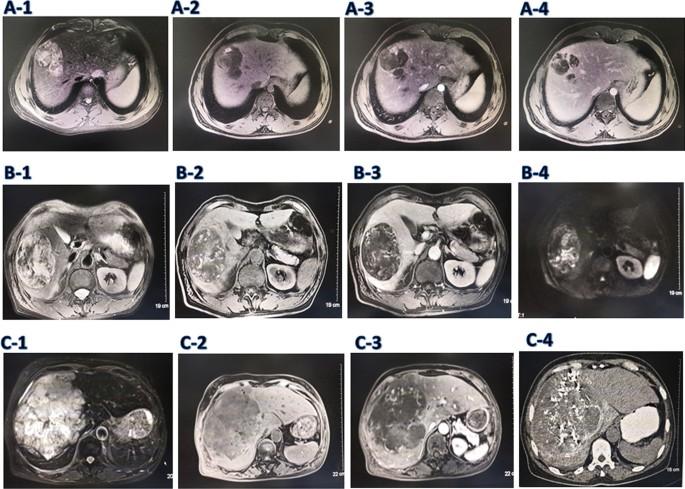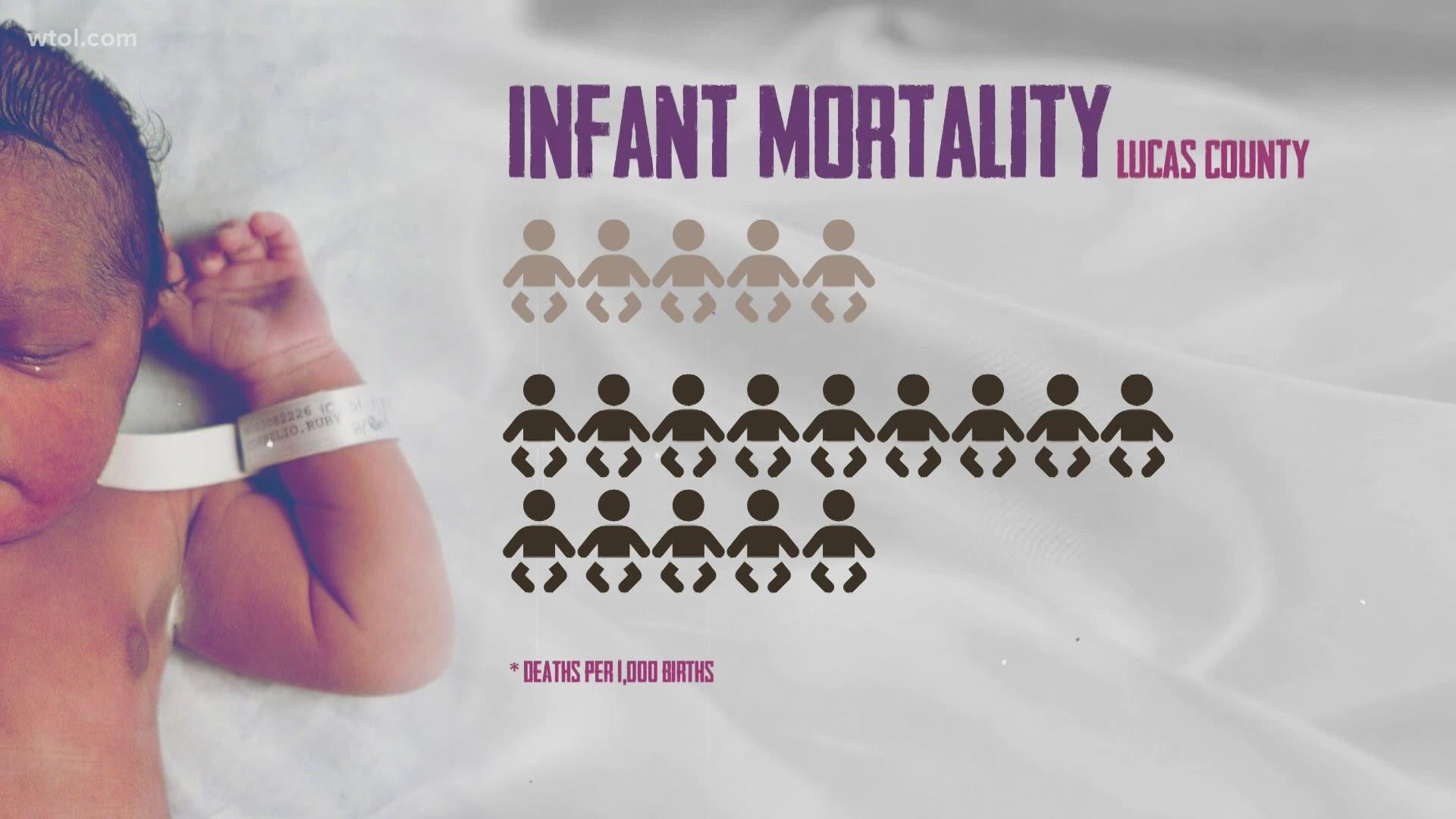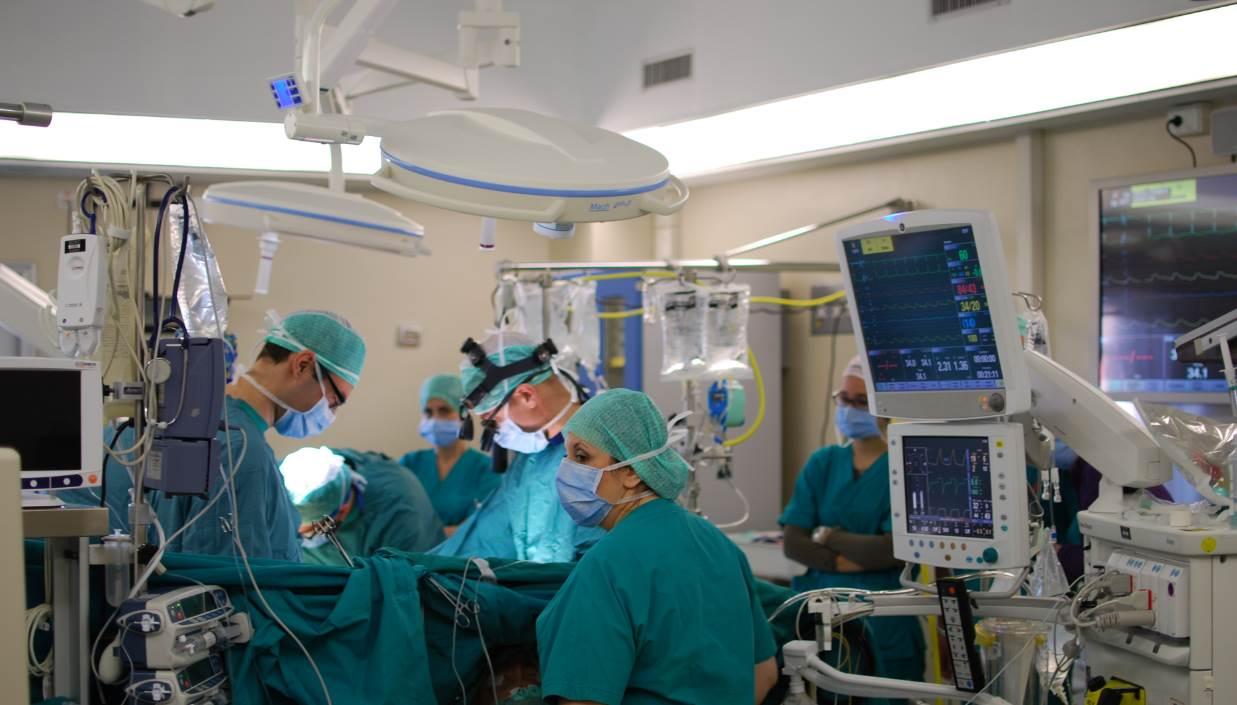In the realm of rare liver tumors, primary hepatic angiosarcoma stands alone as a formidable adversary. This highly aggressive cancer may be uncommon, but its impact on those diagnosed is profound. With limited research and treatment options available, navigating the road ahead can be daunting for patients and healthcare professionals alike. Join us as we delve into the world of primary hepatic angiosarcoma, exploring the latest treatment options and offering insights into the complexities of managing this rare disease.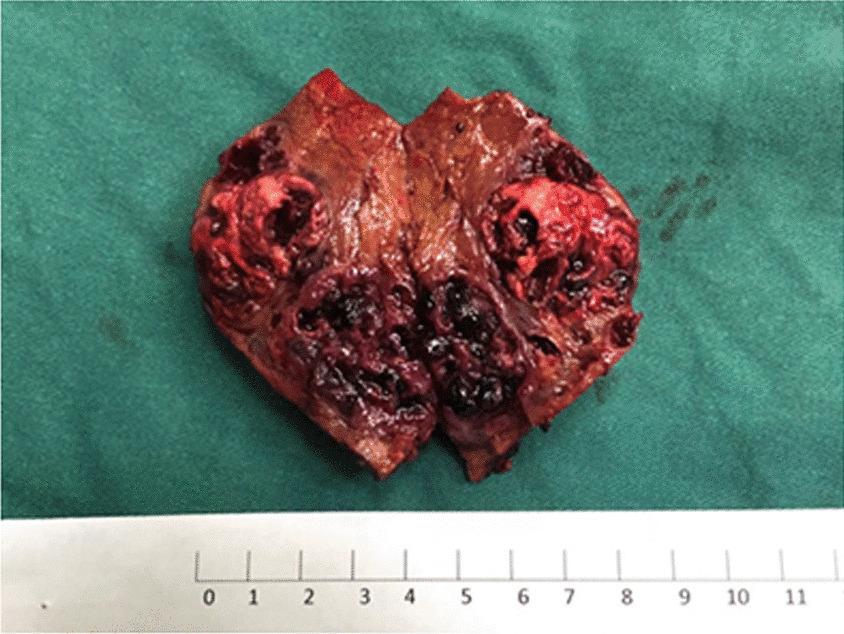
Understanding Primary Hepatic Angiosarcoma: A Rare and Aggressive Tumor
Primary hepatic angiosarcoma is a rare and aggressive tumor that originates in the blood vessels of the liver. It accounts for less than 1% of all primary liver malignancies, making it a challenging condition to treat. Because of its rarity, primary hepatic angiosarcoma is often misdiagnosed or diagnosed at an advanced stage, which can limit treatment options and outcomes.
Despite its aggressive nature, there are several treatment options available for primary hepatic angiosarcoma. These may include:
- Surgery: Surgical resection of the tumor may be an option for some patients, particularly if the tumor is localized and has not spread to other organs.
- Chemotherapy: Chemotherapy drugs may be used to help shrink the tumor and slow its growth, either before or after surgery.
- Radiation therapy: Radiation therapy may be used in conjunction with surgery or chemotherapy to target and destroy cancer cells.

Surgical Interventions and Liver Transplantation as Treatment Modalities
Primary hepatic angiosarcoma is a rare and aggressive tumor that originates in the blood vessels of the liver. Due to its rarity and challenging nature, treatment options for primary hepatic angiosarcoma are limited. Surgical interventions and liver transplantation are two main treatment modalities that can be considered for managing this difficult-to-treat cancer.
Surgical interventions for primary hepatic angiosarcoma may involve procedures such as hepatectomy, tumor resection, or vascular reconstruction. Liver transplantation is another option for patients with unresectable tumors or those who are not suitable candidates for surgery. Both surgical interventions and liver transplantation can offer a chance for long-term survival and improved quality of life for individuals diagnosed with primary hepatic angiosarcoma.
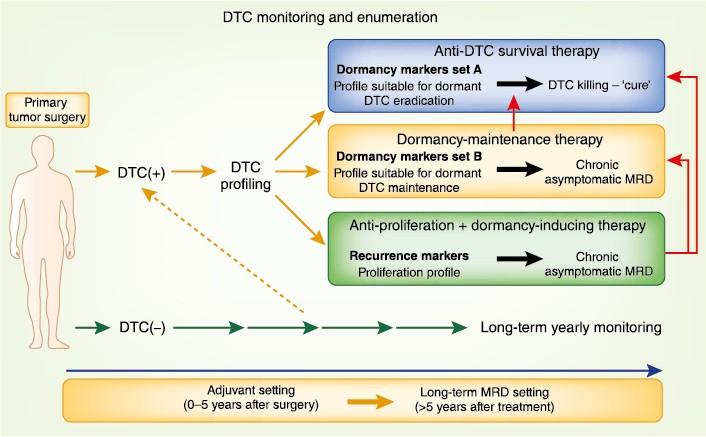
Novel Therapies and Emerging Treatment Approaches
Primary hepatic angiosarcoma is a rare and aggressive tumor that arises from the blood vessels within the liver. Due to its rarity, there is a lack of standard treatment guidelines, making it a challenging disease to manage. However, are offering hope for patients diagnosed with this rare cancer.
Some of the treatment options for primary hepatic angiosarcoma include:
- Surgical resection: In cases where the tumor is localized and has not spread to other parts of the body, surgical resection may be considered.
- Targeted therapy: Targeted therapies such as anti-angiogenic agents are being studied for their potential in treating angiosarcoma by inhibiting the growth of new blood vessels that feed the tumor.

Multidisciplinary Care and Prognostic Factors in Managing Primary Hepatic Angiosarcoma
Primary hepatic angiosarcoma is a rare and aggressive tumor that arises from the blood vessels in the liver. Due to its rarity and challenging nature, managing this type of cancer requires a multidisciplinary approach involving various healthcare professionals. The collaboration of oncologists, surgeons, radiologists, and pathologists is crucial in determining the best treatment plan for patients with primary hepatic angiosarcoma.
Prognostic factors play a significant role in guiding treatment decisions and predicting the outcome of patients with primary hepatic angiosarcoma. Factors such as tumor size, location, grade, and extent of metastasis can influence the choice of treatment options and overall prognosis. Understanding these factors is essential in developing personalized treatment strategies that aim to improve patient outcomes and quality of life.
Final Thoughts
In conclusion, primary hepatic angiosarcoma remains a rare and challenging tumor to treat. As we continue to research and develop new treatment options, patients and healthcare professionals are faced with the complexities of managing this aggressive disease. With a focus on personalized medicine and multidisciplinary care, there is hope for improved outcomes and quality of life for those diagnosed with this rare cancer. As we navigate the complexities of managing primary hepatic angiosarcoma, let us strive for innovation, collaboration, and compassion in our approach to treatment.

